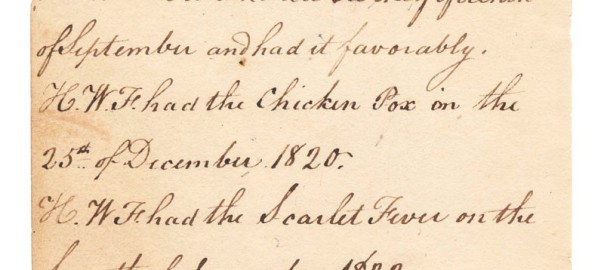Have you ever wondered a) why you were taught cursive handwriting and b) why cursive has all but disappeared?
It’s all about pen technology and the very recent past.
The pens we all use are generally some variant of the ballpoint: a ball at the tip of the pen that rolls ink onto the paper from a reservoir of ink in the barrel of the pen.
Considering the history of writing, this happened essentially yesterday. The ballpoint entered the market in the late 1930s and achieved ubiquitous adoption by the 1960s.
Before the ballpoint, there were essentially two options: the fountain pen (a split metal nib with ink in the barrel) and the dip pen (a similar nib with no ink reservoir requiring frequent dipping into an ink well). Both the fountain pen and the dip pen reached widespread use in the 19th century as a result of the industrial revolution making the production of steel pen tips affordable. Before that, you had the choice of quills (bird feathers with the tips carved by you into sharp, split points with a pen knife), clay tablets, or a chisel and a block of stone.
Fountain pens are more expensive than dip pens, so dip pens (or, more likely, pencils) were extensively used in schools until ballpoints became cheap enough to give to children.
Here’s the thing about dip pens: they are maddeningly difficult to use. They are very sensitive to the amount of pressure you apply between them and the paper. One wrong move and you shred the paper with the sharp steel point.
Because dip pens (and quills before them) are so difficult, two things happen: 1) penmanship becomes an actual skill that requires a fair amount of effort to learn and 2) the pressure sensitivity of the quill and the dip pen requires a writing method that minimizes lifting the pen from the paper.
That’s where cursive comes from. The word “cursive” comes from the Latin “cursivus” which means, essentially, “running.” Most of the letters are linked together so you don’t have to lift the pen and set it down again.
So, cursive has been around as a way of writing with a quill or nib since Christian scribes noticed that the flowing script of Arabic was easier and faster to write than the block letters of, say, gothic script.
The utility of cursive lasted until the (aforementioned) wide availability of the ballpoint pen in the 1960s. With a ballpoint, it doesn’t matter how hard you push against the paper: you are free to lift it up and mash it back down with impunity.
Naturally, the conservative nature of primary school education extended the life of cursive into the 1980s, perhaps beyond, as teachers taught what they were taught until well after it wasn’t useful anymore.
At this point, dip pens have faded into antiquity and generations enough have passed since the widespread availability of the ballpoint pen to render cursive an appendix to the history of writing.
Cursive–and penmanship in general–need no longer be taught because technology has rendered it irrelevant.
So, the next time you hear someone ranting that the world is ending because children aren’t being taught cursive, feel free to tell them politely to fuck off.
